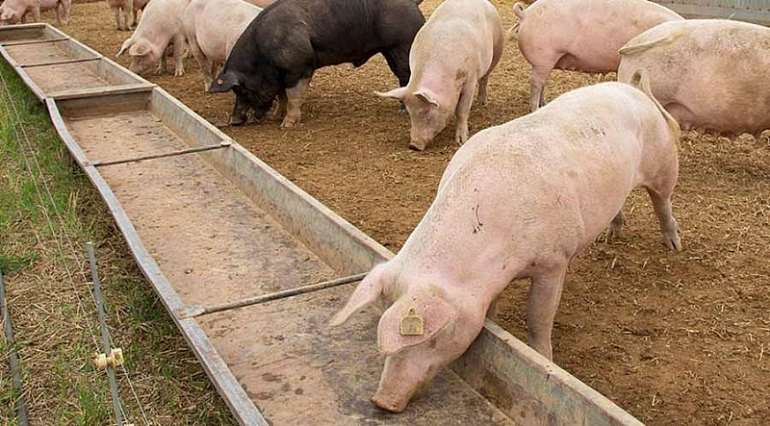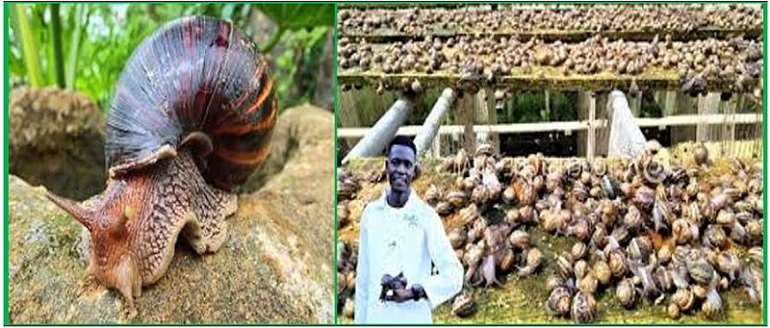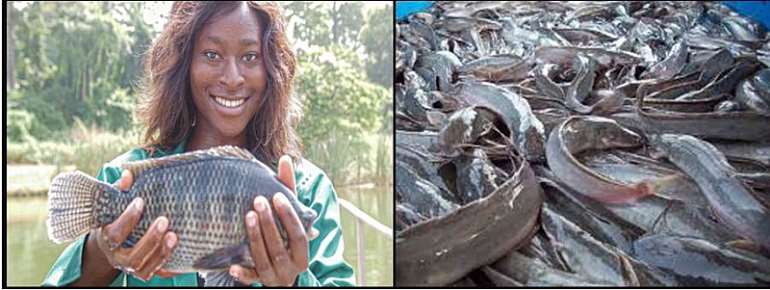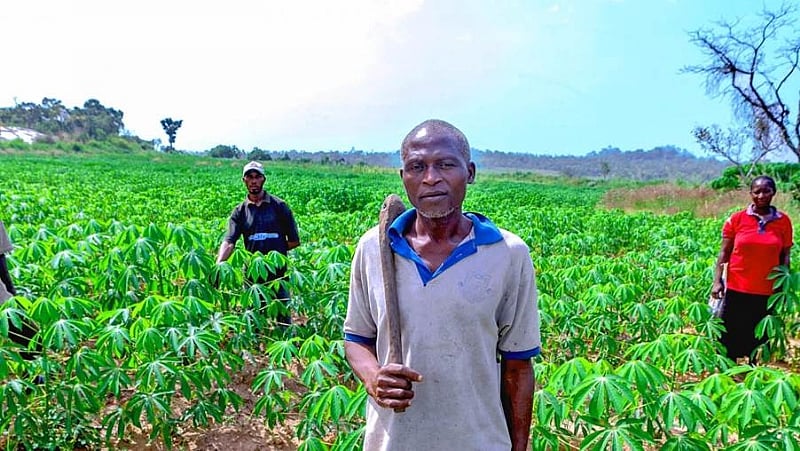For a country blessed with vast arable land, a favourable climate, and a teeming youth population, Nigeria’s struggle against food insecurity, unemployment, and economic instability is quite puzzling. Infact, it is tragic. Yet, the key to unlocking the nation’s true potential lies in one sector that has been perennially underutilised. Agriculture.
For decades, Nigeria’s economy has heavily relied on crude oil. While oil revenue has contributed significantly to the national wealth, it has also rendered the country vulnerable to global price shocks and environmental degradation. And also created a situation of dangerous neglect of other sectors. Among these, agriculture holds the most reliable promise for sustainable development, national stability, and economic self-reliance. To transform Nigeria, the government must urgently prioritise agriculture. And one of the most innovative and practical strategies to achieve this is through empowering local government councils to establish and manage their own agricultural farms and processing factories.
Nigeria has 774 local government areas (LGAs), each uniquely blessed with specific agro-ecological advantages. By leveraging these local strengths, the country can build a robust, decentralised agricultural system that meets both domestic and international demands. The concept is simple: each LGA will acquire approximately one mile of arable land to establish a farm and devote about a quarter of that land to a factory that will process the farm’s outputs.
This initiative would be supervised and coordinated by the Commissioner of respective state ministries of agriculture, who will ensure policy coherence, technical support, and market integration. Each local government would be assigned a major staple foodstuff or agricultural product that thrives in its natural environment. For example, while one LGA focuses on cassava cultivation and processing, another might engage in fish farming, livestock breeding, or vegetable production.
If we take Imo State as a case study, with its 27 local government councils, it can serve as a pilot model. Each LGA would focus on a specific agricultural product. Owerri North could focus on Cassava. Mbaitoli on Plantains. Ohaji/Egbema on Fish farming. Isiala Mbano on Vegetables. Ngor Okpala on Yams. Ideato South on Maize. Orlu on Piggery and so on. The list continues.
Each of these LGAs would not only grow the produce but also process it. The cassava-producing LGA can convert cassava into garri, cassava flour, and starch. The vegetable-producing LGA would can the vegetables, produce vegetable oil, and develop related products like organic soaps, lotions, and even perfumes. This value chain approach ensures that no part of the produce is wasted and will significantly increase local revenue generation.

Piggery
Every other state, like Kano State which has 44 local governments, can replicate this model at an even larger scale. The agricultural potential of Kano, from its grains to groundnuts and livestock, has remained largely untapped. By establishing 44 farms and 44 processing factories, Kano can become an agricultural hub not only for Nigeria but for the entire Sahel region. Each local government can identify its comparative advantage. Dambatta could focus on Tomato farming and processing. Bebeji could focus on Groundnut cultivation and oil extraction. Tarauni on Goat and sheep breeding. Wudil on Aquaculture and so on. This strategic spread ensures that employment opportunities are created within each local community, reducing the pressure on major cities and promoting rural development.

Snail farming
Food Security: By decentralising food production and processing, Nigeria can finally address the issue of food scarcity. Each state and LGA becomes self-reliant, reducing dependency on food imports and mitigating inflation caused by food shortages.
Employment Generation: Every farm and processing factory will need farmers, agronomists, machine operators, packagers, marketers, transporters, and security personnel. This multi-sector engagement will provide jobs across the board and curb the high unemployment rate, especially among youths.
Industrialisation and Rural Development: Processing factories in rural areas would lead to the construction of roads from rural producing to urban consuming areas, better housing, clean water supply, and possibly healthcare centres and schools, since these amenities will be required to support the growing workforce. The development would be organic and sustainable.
Entrepreneurship and Innovation: Small and medium enterprises (SMEs) can thrive around these farms and factories. Entrepreneurs can create packaging companies, distribution services, farm equipment leasing businesses, and agro-tech solutions.
Revenue Generation: Finished products such as garri, flour, vegetable oil, animal feed, and canned foods have local and international markets. Exporting these will boost Nigeria’s foreign exchange earnings.
As the farms and factories take root, they will attract investments in technology and renewable energy. Solar panels can power irrigation systems, processing machines, and storage facilities, especially in off-grid areas. Agro-tech apps and drones can be introduced for crop monitoring, pest control, and yield prediction.
Like every policy initiative, this agricultural model will face challenges and government must be clear on any such developments. There could be land dispute issues, cases of corruption and mismanagement of funds; inadequate training and manpower, initial capital outlay, or security threats in rural areas.
To mitigate these issues, the government will need to enact transparent land acquisition policies. Traditional leaders, communities, and legal frameworks have to be involved to secure land amicably. Government should also embark on capacity building. Local youth should be trained in modern farming and processing techniques. There should be in place, strict monitoring and evaluation. Government could use technology to track funds, monitor progress, and enforce accountability. There might also be need for public-private partnerships (PPPs). Government can encourage private investors to co-finance the farms and factories. Most importantly, a robust security infrastructure must be put in place. The local government should collaborate with local vigilantes and national security forces to safeguard assets.

The federal government must treat this model as a national emergency. Ministries of Agriculture, Labour, Youth and Sports, and Science and Technology should collaborate to develop a national blueprint for LGA-based agriculture; allocate special agricultural intervention funds; encourage banks to provide single-digit interest loans to farms; provide tax incentives to agro-processing startups and facilitate export channels and trade partnerships.
If implemented nationwide, Nigeria would have 774 farms and 774 agro-processing factories. Hopefully, this would guarantee food security; decongest cities as people return to rural areas; enhance environmental sustainability through planned land use. It will reduce crime by engaging idle hands and foster national pride in locally made goods.
Agriculture remains Nigeria’s most viable path to economic salvation. By decentralising food production and empowering LGAs to become agricultural centres, the country will not only solve its food insecurity problem but also transition from a consumption-based to a production-based economy. It is a future within reach, but only if the government is willing to act decisively and boldly. The time to prioritise agriculture could be now. Who knows? Perhaps the destiny of Nigeria might well depend on it.


